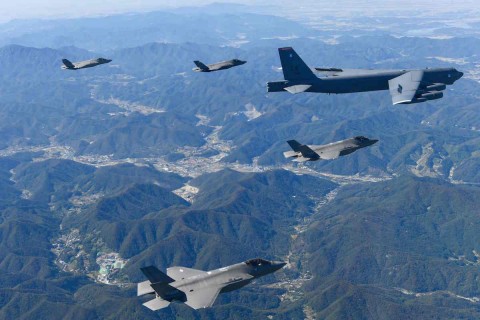
With the recent news about North Korea developing a hyrdrogen bomb, and that it had even recently detonated one, curiosity about what exactly is an H-bomb followed.
Hydrogen bombs have a destructive power to dwarf even the nuclear weapons dropped on Japan in 1945.
Unlike atomic or A-bombs, where the explosion comes from the splitting or fission of a heavy atomic nucleus, hydrogen or H-bombs work on the principle of nuclear fusion, when two hydrogen isotopes combine.
The explosion of an H-bomb has two stages. The energy released comes from a series of fission chain reactions, creating hot enough temperatures to initiate fusion. All this takes a fraction of a second.
The H-bomb, also known as a thermonuclear bomb, generates temperatures similar to those found at the sun’s core and is considerably more powerful than the atomic bombs dropped by the US on Hiroshima and Nagasaki in 1945.
The force of an A-bomb is measured in kilotons, equivalent to thousands of tonnes of TNT, while the H-bomb is measured in megatons, equivalent to millions of tonnes of TNT.
No H-bomb has been used in a conflict so far. In 1952, America became the first country to test one, in the Marshall Islands, in the Pacific Ocean.
This was followed by the Soviet Union a year later, which also carried out the largest blast to date in 1961 when a device known as Tsar Bomba was detonated in the Arctic region. This was followed by the UK, China and France.
(Source: Agence internationale de l’énergie atomique, Encyclopaedia Britannica)
Videographics courtesy Agence France Presse




